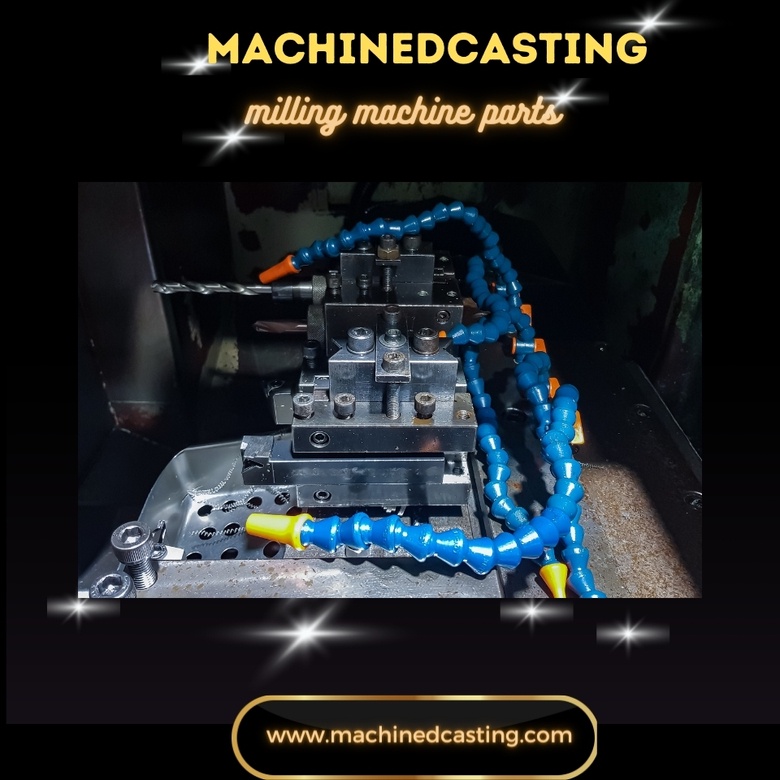Milling machines are indispensable tools in machining operations, capable of shaping solid materials with precision and efficiency. Understanding the various components of a milling machine is crucial for both novice operators and seasoned professionals. In this guide, we'll delve into the essential milling machine parts and their functions, providing a comprehensive overview to aid in mastering this essential tool.
-
Base: The base of a milling machine parts is its foundation, providing stability and support for all other components. Typically made of cast iron, it absorbs vibrations during operation, ensuring accuracy in machining processes. It also houses the coolant reservoir in some machines, facilitating the cooling of cutting tools and workpieces.
-
Column: Mounted on the base, the column is a vertical structure that supports the spindle assembly and guides its movement along the vertical axis. It may feature dovetail or box ways to enhance rigidity and precision. The column also houses mechanisms for adjusting the spindle head's height, allowing for versatile machining operations.
-
Spindle: The spindle is the heart of a milling machine, responsible for rotating the cutting tool and transmitting power from the motor. It houses the tool holder, which securely clamps the cutting tool in place. Spindles can vary in speed and orientation, with some machines offering multiple speed options for different machining tasks.
-
Knee: The knee is a movable component situated between the column and the table. It supports the saddle and allows vertical adjustment of the worktable. By raising or lowering the knee, operators can precisely position the workpiece relative to the cutting tool, enabling accurate milling operations.
-
Saddle: Mounted on the knee, the saddle moves along the horizontal axis, perpendicular to the spindle. It supports the worktable and provides a platform for securing the workpiece during machining. The saddle may feature handwheels or automated controls for precise movement and positioning.
-
Worktable: The worktable is where the workpiece is secured for milling operations. It can move along both the longitudinal (X-axis) and transverse (Y-axis) directions, allowing for versatile machining capabilities. T-slots on the worktable accommodate clamps and fixtures for securing the workpiece firmly in place.
-
Feed Mechanism: Milling machines employ various feed mechanisms to control the movement of the worktable and cutting tool during machining. These mechanisms may include hand cranks, power feeds, or computer numerical control (CNC) systems. Accurate feed control is essential for achieving desired machining results.
Conclusion: Mastering milling machine parts is essential for achieving optimal performance and precision in machining operations. By understanding the functions of each component and how they work together, operators can harness the full capabilities of this versatile tool. Whether for hobbyist projects or industrial manufacturing, a thorough knowledge of milling machine parts is indispensable for success in the field of machining.


No comments yet